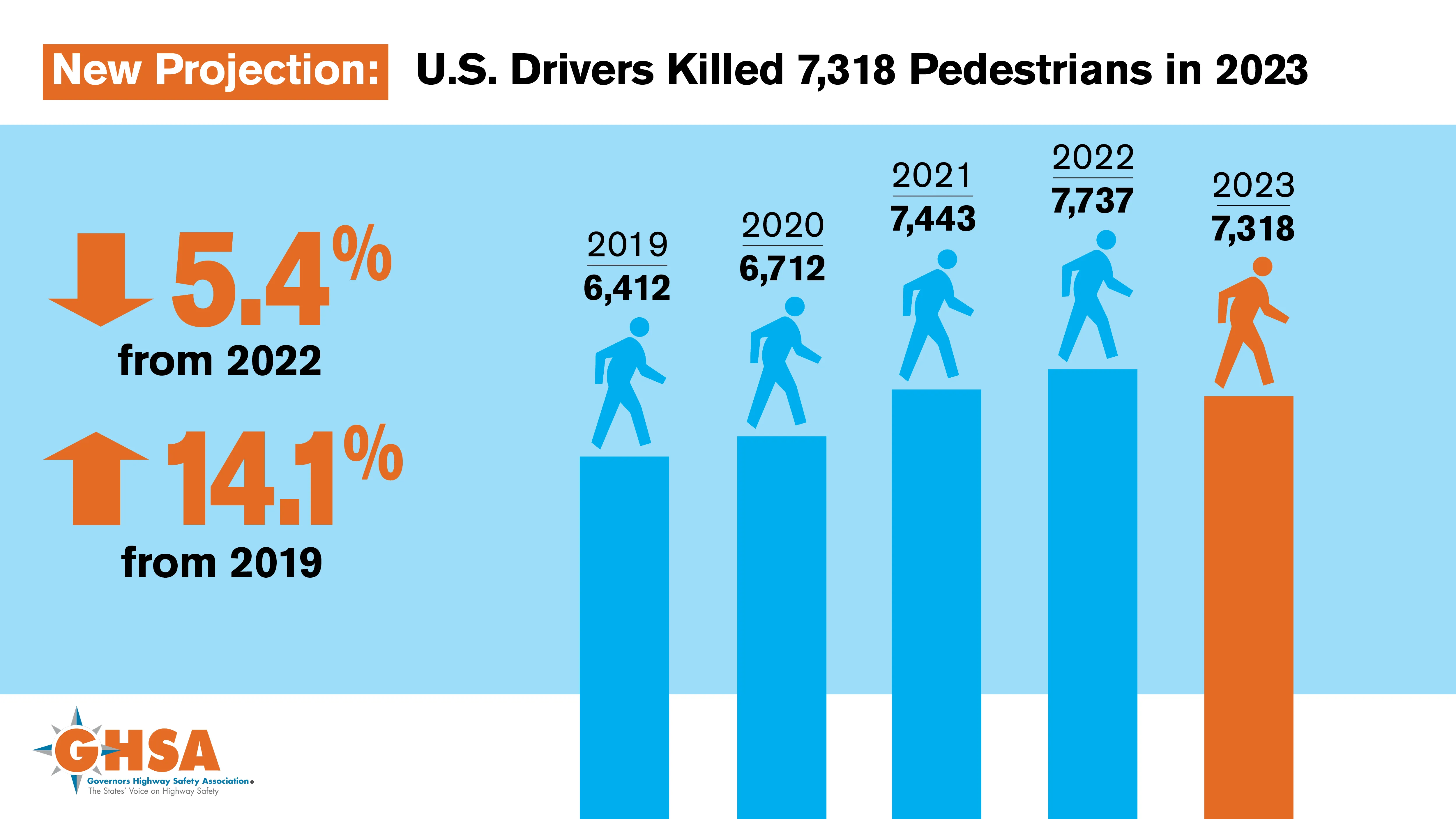For the third consecutive year, the number of deer-vehicle collisions in the US has dropped. And the downturn is accelerating. The percentage decline over the last year is nearly three times as large as during the previous two years combined. Using its claims data, leading US auto insurer State Farm, estimates 1.09 million collisions between deer and vehicles occurred in the US between 1 July, 2010 and 30 June, 2011.
May 4, 2012
Read time: 2 mins
For the third consecutive year, the number of deer-vehicle collisions in the US has dropped. And the downturn is accelerating. The percentage decline over the last year is nearly three times as large as during the previous two years combined. Using its claims data, leading US auto insurer State Farm, estimates 1.09 million collisions between deer and vehicles occurred in the US between 1 July, 2010 and 30 June, 2011. That's nine per cent less than three years ago and seven per cent fewer than one year ago.
Among those states in which at least 2,000 deer-vehicle collisions occur per year, Vermont (24 per cent), Michigan (23 per cent), West Virginia (22 per cent) and Connecticut (22 per cent) experienced the largest one-year percentage declines. There were 23,000 fewer deer-vehicle altercations in Michigan alone. Michigan is second on the list of states with the highest total number of these collisions (78,304), well behind Pennsylvania (101,299).
For the fifth year in a row, West Virginia tops the list of states where an individual driver is most likely to run in to a deer. Using its claims data in conjunction with state licensed driver counts from the2410 Federal Highway Administration, State Farm calculates the chances of a West Virginia motorist striking a deer over the next 12 months at 1 in 53, an improvement over a year ago when the odds were 1 in 42.
State Farm's data shows that November, the heart of the deer migration and mating season, is the month during which deer-vehicle encounters are most likely. More than 18 per cent of all such mishaps take place during the 30 days of November.
Deer-vehicle collisions are three times more likely to occur on a November day than they are on any day between February 1st and August 31st. October is the second most likely month for a crash involving a deer and a vehicle, while December is third.
“While we can't put our finger directly on what's causing a decline in deer-vehicle collisions, we'd like to think media attention to our annual report on this subject has had at least a little bit to do with it," said Laurette Stiles, State Farm VP of strategic resources.
Among those states in which at least 2,000 deer-vehicle collisions occur per year, Vermont (24 per cent), Michigan (23 per cent), West Virginia (22 per cent) and Connecticut (22 per cent) experienced the largest one-year percentage declines. There were 23,000 fewer deer-vehicle altercations in Michigan alone. Michigan is second on the list of states with the highest total number of these collisions (78,304), well behind Pennsylvania (101,299).
For the fifth year in a row, West Virginia tops the list of states where an individual driver is most likely to run in to a deer. Using its claims data in conjunction with state licensed driver counts from the
State Farm's data shows that November, the heart of the deer migration and mating season, is the month during which deer-vehicle encounters are most likely. More than 18 per cent of all such mishaps take place during the 30 days of November.
Deer-vehicle collisions are three times more likely to occur on a November day than they are on any day between February 1st and August 31st. October is the second most likely month for a crash involving a deer and a vehicle, while December is third.
“While we can't put our finger directly on what's causing a decline in deer-vehicle collisions, we'd like to think media attention to our annual report on this subject has had at least a little bit to do with it," said Laurette Stiles, State Farm VP of strategic resources.







